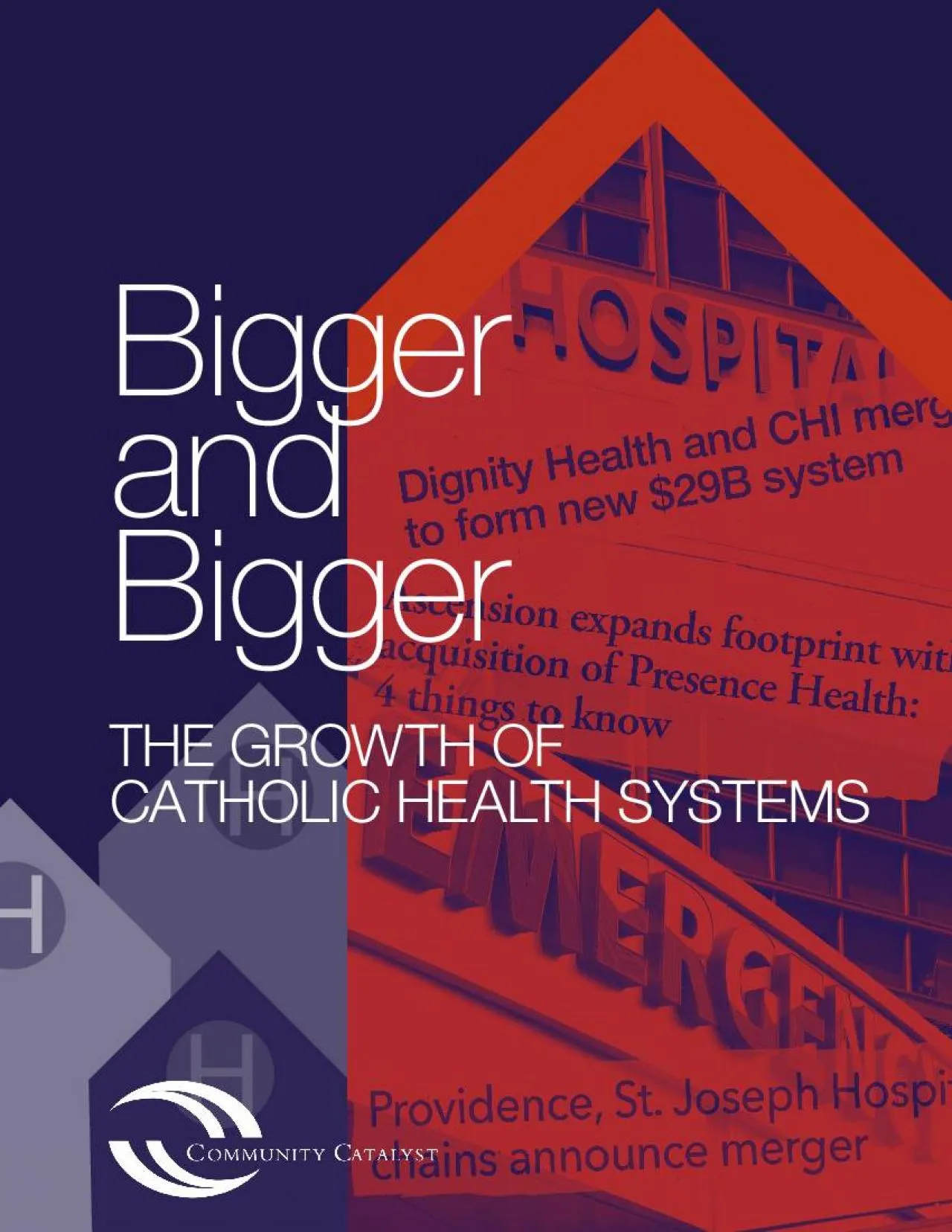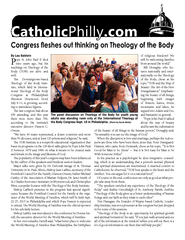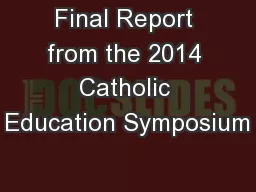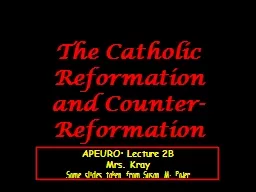PDF-Bigger THE GROWTH OF CATHOLIC HEALTH SYSTEMS
Author : payton | Published Date : 2021-10-05
HHHBy Tess Solomon MPH Lois Uttley MPP Patty HasBrouck MBA and Yoolim Jung MPHGraphic Design by Brucie RoschCOMMUNITY CATALYST 2020This publication was made possible
Presentation Embed Code
Download Presentation
Download Presentation The PPT/PDF document "Bigger THE GROWTH OF CATHOLIC HEALTH SYS..." is the property of its rightful owner. Permission is granted to download and print the materials on this website for personal, non-commercial use only, and to display it on your personal computer provided you do not modify the materials and that you retain all copyright notices contained in the materials. By downloading content from our website, you accept the terms of this agreement.
Bigger THE GROWTH OF CATHOLIC HEALTH SYSTEMS: Transcript
Download Rules Of Document
"Bigger THE GROWTH OF CATHOLIC HEALTH SYSTEMS"The content belongs to its owner. You may download and print it for personal use, without modification, and keep all copyright notices. By downloading, you agree to these terms.
Related Documents














